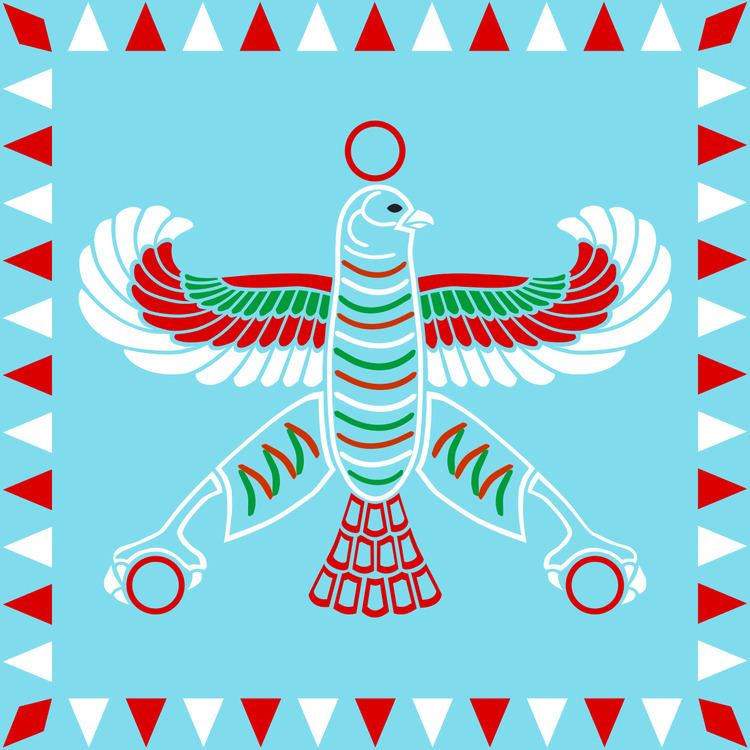343 BC–332 BC → → | Historical era Achaemenid era | |
 | ||
Thirty first dynasty of egypt
The Thirty-first Dynasty of Egypt (notated Dynasty XXXI, alternatively 31st Dynasty or Dynasty 31), also known as the Second Egyptian Satrapy, was effectively a short-lived province (satrapy) of the Achaemenid Persian Empire between 343 BC to 332 BC. It was founded by Artaxerxes III, the King of Persia, after his reconquest of Egypt and subsequent crowning as Pharaoh of Egypt, and was disestablished upon the conquest of Egypt by Alexander the Great.
Contents
The period of the 31st Dynasty was the second occasion in which Persian pharaohs ruled Egypt, hence the term "Second Egyptian Satrapy". Before the 31st Dynasty was founded, Egypt had enjoyed a brief period of independence, during which three indigenous dynasties reigned (the 28th, 29th, and 30th dynasties). The period before this is referred to as the "First Egyptian Satrapy" or the 27th Dynasty.
Ancient egypt history first dynasty 04
History
It is not known who served as satrap after Artaxerxes III, but under Darius III (336–330 BC) there was Sabaces, who fought and died at Issus and was succeeded by Mazaces. Egyptians also fought at Issus, for example, the nobleman Somtutefnekhet of Heracleopolis, who described on the "Naples stele" how he escaped during the battle against the Greeks and how Arsaphes, the god of his city, protected him and allowed him to return home.
In 332 BC, Mazaces handed over the country to Alexander the Great without a fight. The Achaemenid Empire had ended, and for a while Egypt was a satrapy in Alexander's empire. Later the Ptolemies and the Romans successively ruled the Nile valley.
Culture
Occasionally Egyptians wore foreign costumes and jewelry. The taste for non-Egyptian fashion arose during periods of extensive trade or diplomatic contact with distant courts, or when Egypt was controlled by a foreign power. The Persians, who twice invaded the Nile Valley from their Iranian homeland, dominated Egypt during Dynasty 27 (525–404 BC) and Dynasty 31 (342–332 BC). This statue to the left dates to the later period of Persian rule in Egypt.
The long skirt shown wrapped around this statue's body and tucked in at the upper edge of the garment is typically Persian. The necklace, called a torque, is decorated with images of ibexes, symbols in ancient Persia of agility and sexual prowess. The depiction of this official in Persian dress may have been a demonstration of loyalty to the new rulers.
